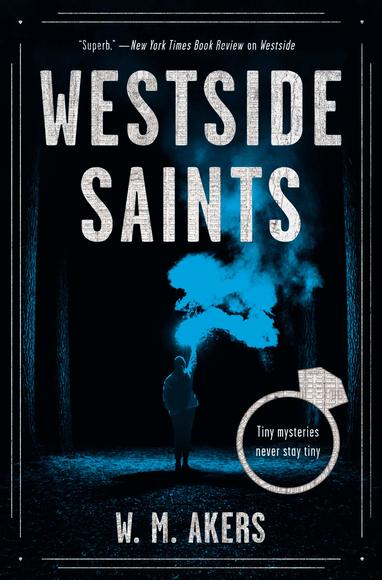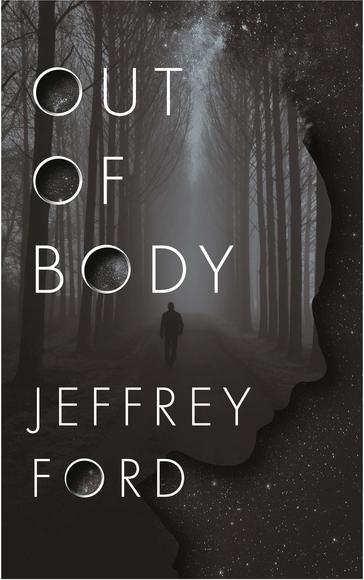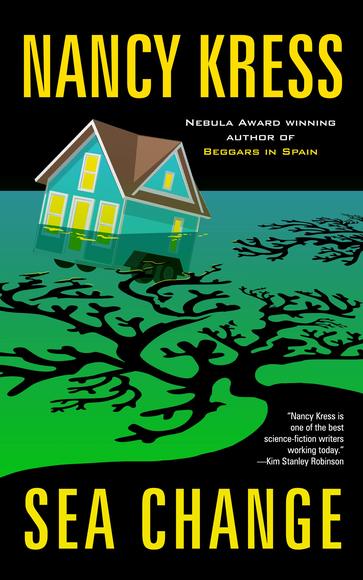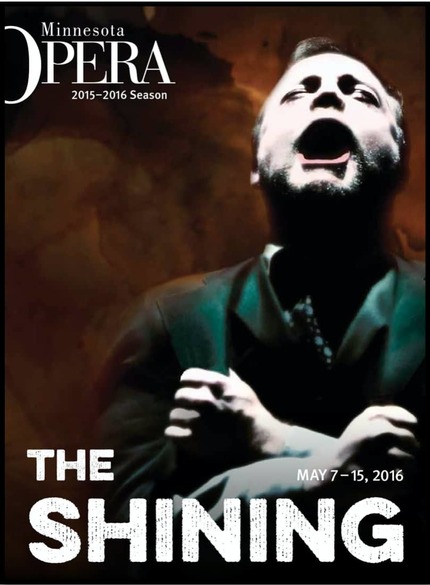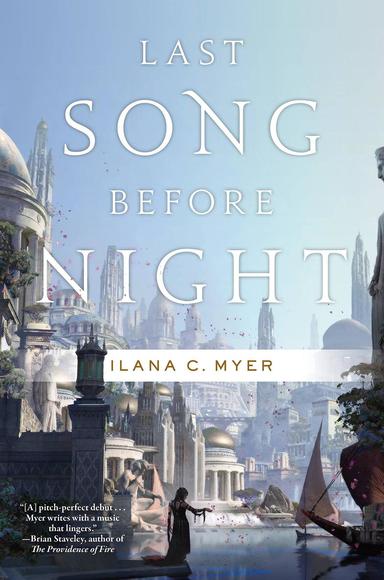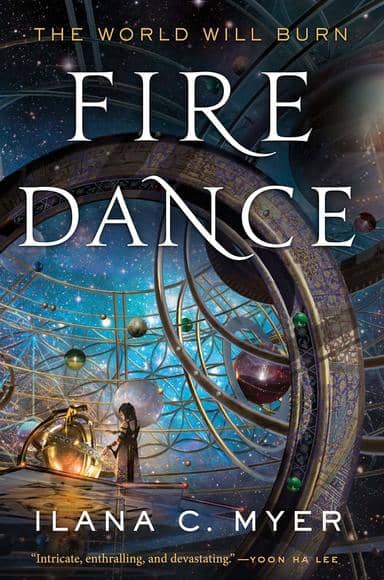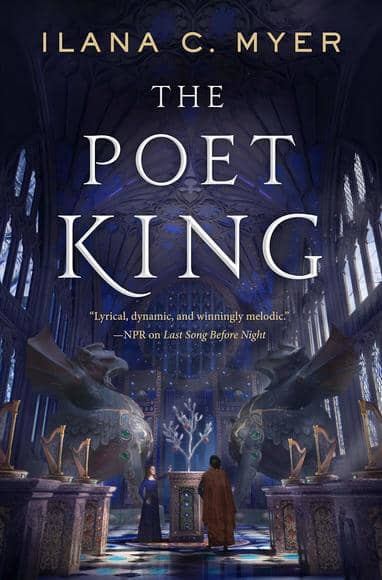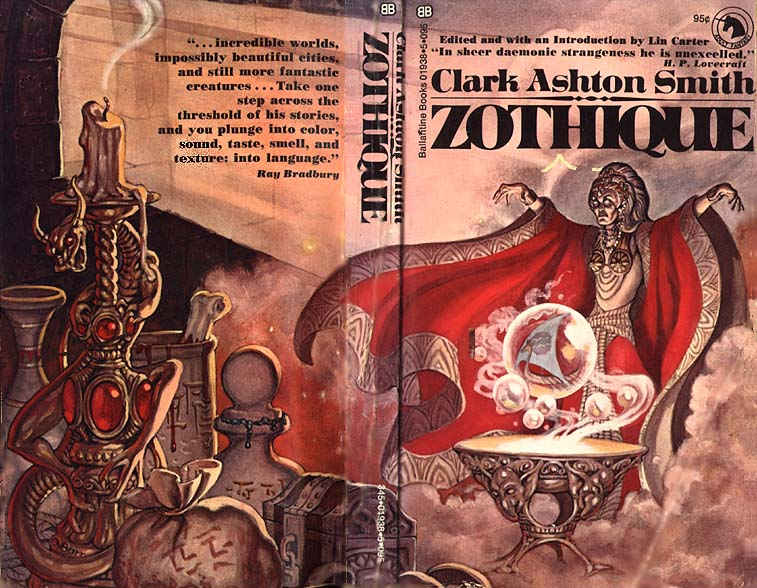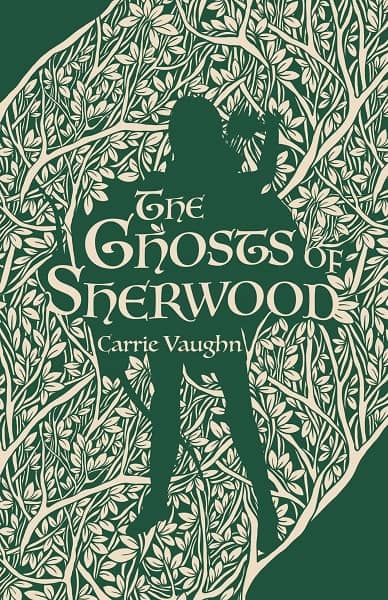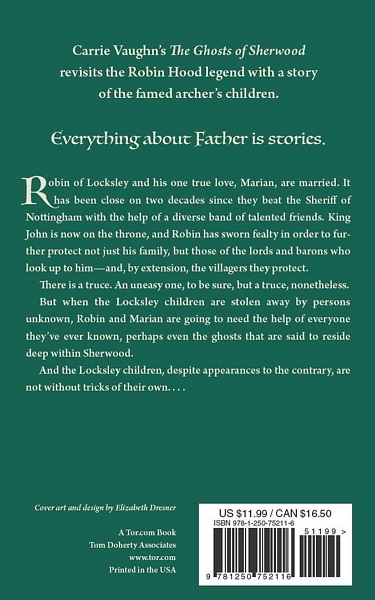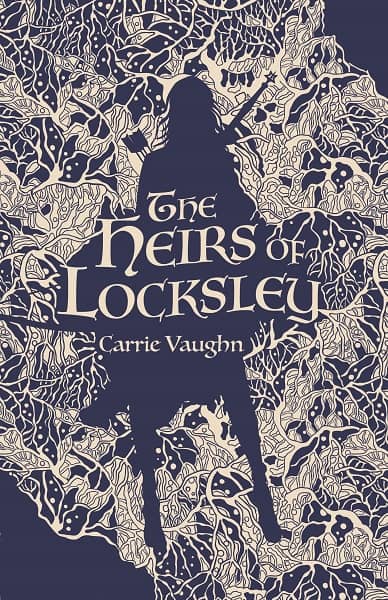Voodoo, Sea Monsters, and Rebel Colonies: Rich Horton on Sea Siege/Eye of the Monster by Andre Norton
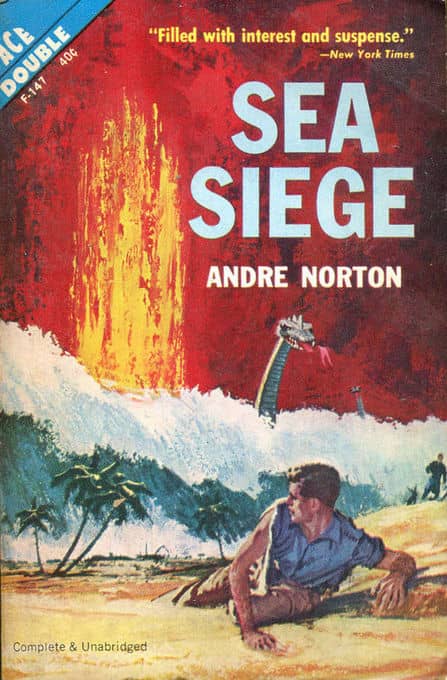 |
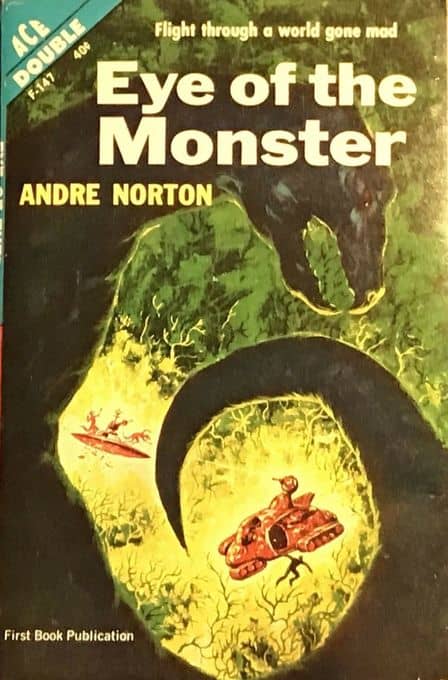 |
Sea Siege/Eye of the Monster by Andre Norton. Ace Books F-147, 1962. 176+80 pages, $0.40. Covers by Ed Valigursky/Ed Emshwiller
During the months-long lockdown here in Illinois as a result of the Covid-19 pandemic, I know I should be reading the massive TBR pile by my bedside. It’s filled with Nebula award winners, advance proofs of books coming out this fall, and all the new books my friends are talking about. But instead, I want to be reading Ace Doubles.
I blame Rich Horton. Like everyone else, I’m influenced by what I read, and what I’ve been reading recently is Rich Horton’s excellent blog Strange at Ecbatan. Like a superb DJ, Rich knows how to blend the old and the new, and in the past few weeks he’s reviewed The Sorcerer’s House by Gene Wolfe (from 2010), Avram Davidson’ acclaimed 2001 collection The Other Nineteenth Century, the brilliant Think Like a Dinosaur and Other Stories by James Patrick Kelly (1997), the overlooked novel The Fortunate Fall by Raphael Carter (1996), and a Mack Reynolds/A. Bertram Chandler Ace Double from 1967.
That Ace Double piqued my interest, of course. Like Rich, I have an enduring fondness for these peculiarly collectible science from the 1950s and 60s, although I don’t have nearly the reading muscles he does. I’m mostly familiar with the earlier D-Series, and recently I’ve been re-reading some of Rich’s reviews of those older books, especially the ones I first collected. One of the very first was Sea Siege/Eye of the Monster, a pair of Andre Norton novels issued as an Ace Double in 1962, which Rich reviewed on his blog back in 2017.
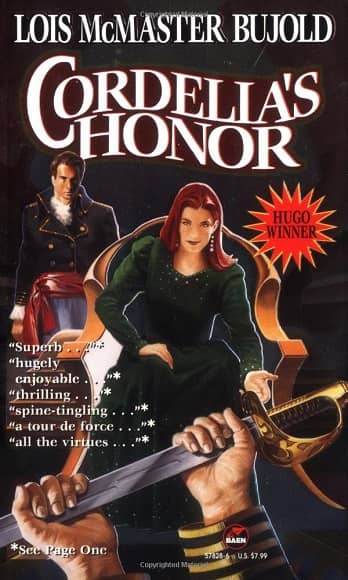
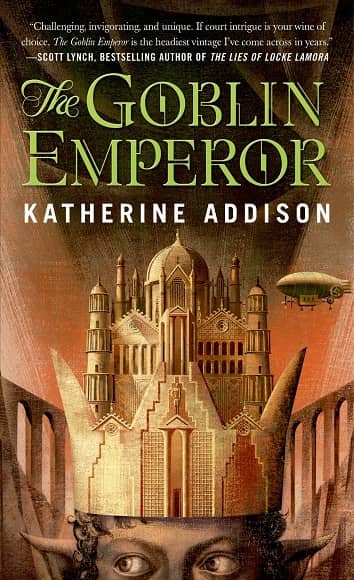
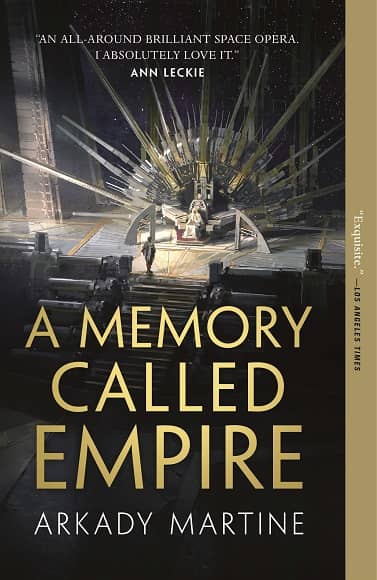
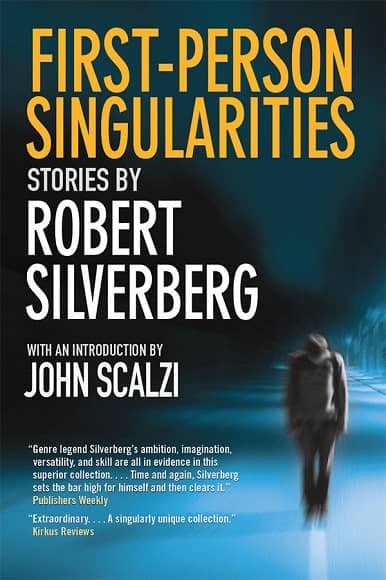
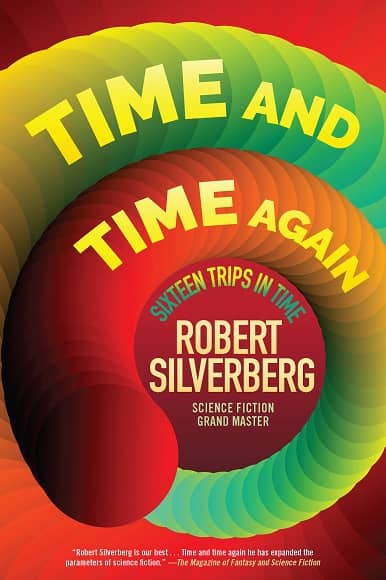
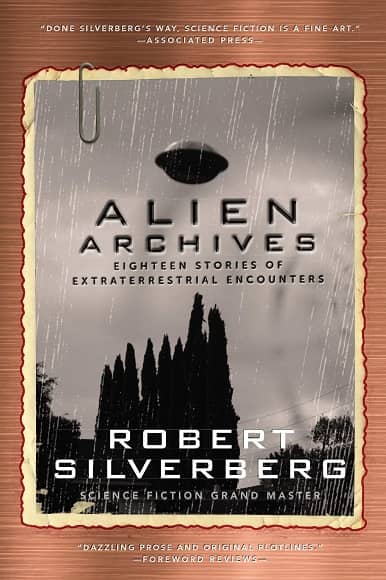
 Do you remember your first hero? Any kind of hero. It could have been a hero from a movie or a book or a television show, even a hero from real life.
Do you remember your first hero? Any kind of hero. It could have been a hero from a movie or a book or a television show, even a hero from real life.